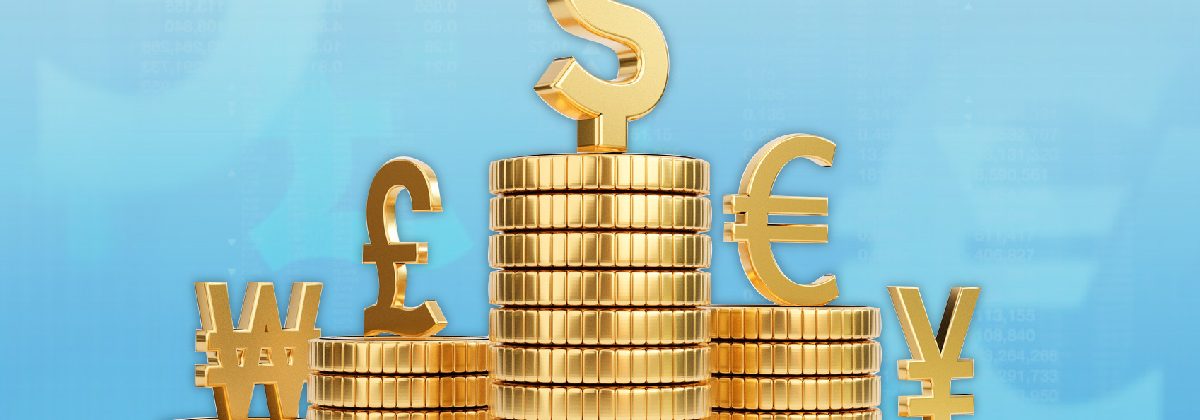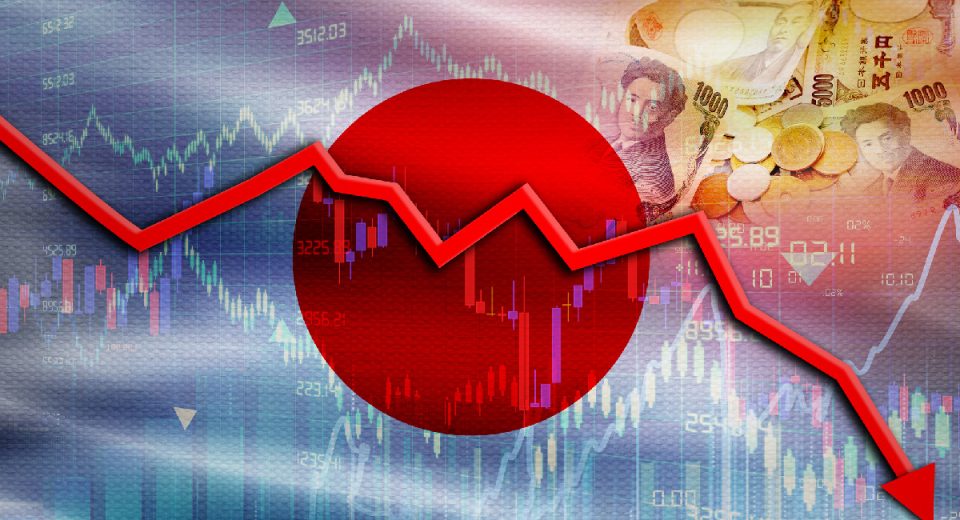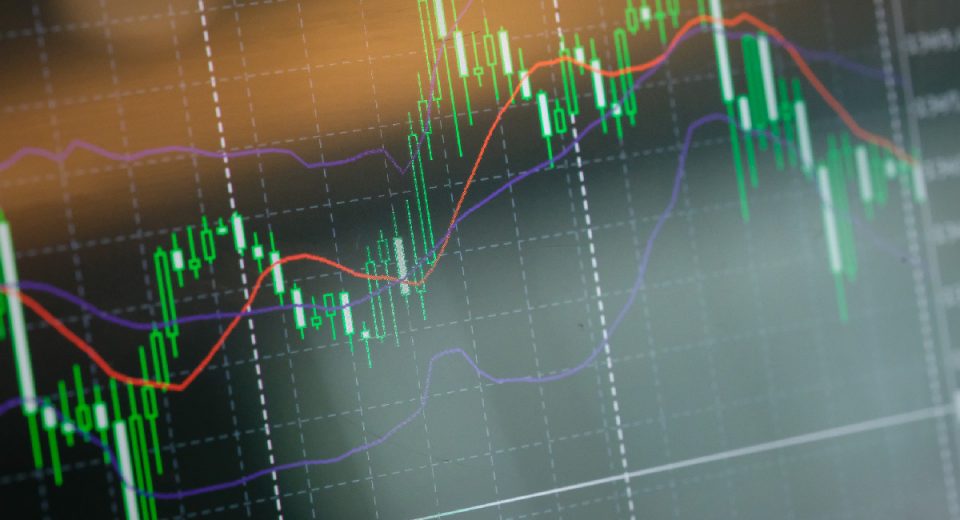
Gold prices surged more than 30% to reach a record high of $3,500 in April 2025. While the yellow metal is considered a universal store of value, this was not the reason for its price to climb so steeply. Traders and investors consider gold a safe-haven asset, which is why its demand tends to rise during periods of heightened economic or geopolitical uncertainty. Yet, what’s important to remember is that the outcomes from gold trading are significantly impacted by fluctuations in the currency against which the yellow metal is bought and sold. Here’s a look at how different currencies impact gold and how to decide which currency to trade gold against.
The USD Dominance
The US dollar has historically been the currency in which gold prices are quoted in the global financial markets. The symbol for the pair is XAU/USD, which is the US dollar value of one troy ounce of gold.
The primary reasons for the dominance of XAU/USD are:
US dollar is the most traded currency: The US dollar is the world’s leading reserve currency and has the highest share in international transactions, which makes it highly liquid. This offers deep liquidity for the XAU/USD pair, which translates to tighter spreads and faster execution (lower slippage) for gold trading.
Currency in which assets are quoted: Commodities, metals, cryptos and other assets are all quoted in the US dollar. The greenback’s pervasiveness further solidifies its role in the global financial markets.
Safe-haven assets: Both gold and the US dollarenjoy the status ofbeingsafe-haven assets. This means their demand increases during times of global economic uncertainty or geopolitical instability. Since both compete for space in the portfolios of investors and traders, they often share an inverse relationship. This means their prices move in the opposite direction.
The US dollar lost around 10% in the first half of 2025. Over the same period, gold climbed by around 30%. Since gold is quoted in US dollars, a weakening greenback makes the yellow metal cheaper for holders of other currencies, potentially increasing demand and pushing its price higher. Conversely, a strengthening US dollar makes gold more expensive for foreign currency holders, potentially dampening demand.
Tip: Even if you’re trading gold with other currencies, monitoring movements in the US dollar will help better predict the yellow metal’s price. For this, the most important news to watch are US economic data releases (inflation, GDP and retail sales), Federal Reserve’s monetary policy and geopolitical developments.
Beyond the US Dollar: Other Relevant Currencies
Despite the US dollar dominating financial transactions, some pro traders consider other currencies based on their trading strategies, market conditions, and personal risk profiles.
EUR: The euro is the second most traded currency globally, making the XAU/EUR pair an interesting option. This is particularly true during periods of wide differences in the economic health and monetary policy between the US and the Eurozone. For instance, if the European Central Bank (ECB) is pursuing a dovish monetary policy while the Federal Reserve is keeping rates steady, the euro may weaken versus the US dollar. This also means gold strengthens more against the euro than the US dollar.
JPY: The Japanese yen is another safe-haven currency, though its relationship with gold is not as tight. This is because the Bank of Japan has maintained very low interest rates and gold is a non-yielding asset (an asset that does not generate dividends or interest).
AUD and CAD: Both the Australian dollar and the Canadian dollar are called”commodity currencies” because their economies rely heavily on commodity exports, including gold. A rise in gold prices tends to have a positive impact on the Australian and Canadian economies, potentially strengthening the AUD and CAD. This means gold sometimes moves in tandem with these currencies, although the relationship is not too tight.
CNY: China is both the world’s largest consumer and producer of gold. While the XAU/CNY pair is not as freely tradable as XAU/USD, understanding China’s economic policies and gold demand trends is important for gold traders.
How to Decide Which Currency to Choose for Gold Trading
Here are some factors to consider when trading gold:
Simplicity: New traders often prefer trading gold against their home currency or the US dollar. Both methods avoid the hassle of considering currency conversions.
Currency prospects: If a specific currency is poised to rise, maybe due to central bank policy, economic outlook, or political events, this could be considered for trading gold as it can amplify potential gains. But this can also lead to losses in case the currency moves in the opposite direction, even if gold prices may have risen.
Correlation analysis: Consider the historical correlation between gold and different currency pairs. Negative correlation can help hedging risks but dampen gains from gold prices rising, while positive correlation can magnify gains but increase the risk of losses.
Interest rate differentials: Interest rate differentials between countries can significantly impact currency valuations.
Geopolitical events: Tensions between countries can impact the forex market and, in turn, gold trading. Understanding how different currencies react to global uncertainty is important for traders.
Liquidity: Currencies that have high liquidity will offer the tightest spreads and the lowest slippage. Both spreads and slippage impact profitability from trading.
Diversification: Some traders don’t limit themselves to just one currency. Trading gold against multiple currencies can diversify exposure and potentially capitalise on different market dynamics.
To Sum Up
- The US dollar’s high liquidity makes the XAU/USD pair very liquid, resulting in tighter spreads and lower slippage.
- Both USD and gold are safe-haven assets and share an inverse relationship.
- The euro, Japanese yen, Australian dollar, Canadian dollar, and Chinese yuan are other currencies against which gold is traded.
- To decide which currency to trade gold against, factors to consider include simplicity, currency prospects, correlation, Interest rate differentials, geopolitical events, liquidity, and extent of diversification.
Disclaimer:
All data, information and materials are published and provided “as is” solely for informational purposes only, and is not intended nor should be considered, in any way, as investment advice, recommendations, and/or suggestions for performing any actions with financial instruments. The information and opinions presented do not take into account any particular individual’s investment objectives, financial situation or needs, and hence does not constitute as an advice or a recommendation with respect to any investment product. All investors should seek advice from certified financial advisors based on their unique situation before making any investment decisions in accordance to their personal risk appetite. Blackwell Global endeavours to ensure that the information provided is complete and correct, but make no representation as to the actuality, accuracy or completeness of the information. Information, data and opinions may change without notice and Blackwell Global is not obliged to update on the changes. The opinions and views expressed are solely those of the authors and analysts and do not necessarily represent that of Blackwell Global or its management, shareholders, and affiliates. Any projections or views of the market provided may not prove to be accurate. Past performance is not necessarily an indicative of future performance. Blackwell Global assumes no liability for any loss arising directly or indirectly from use of or reliance on such information here in contained. Reproduction of this information, in whole or in part, is not permitted.




